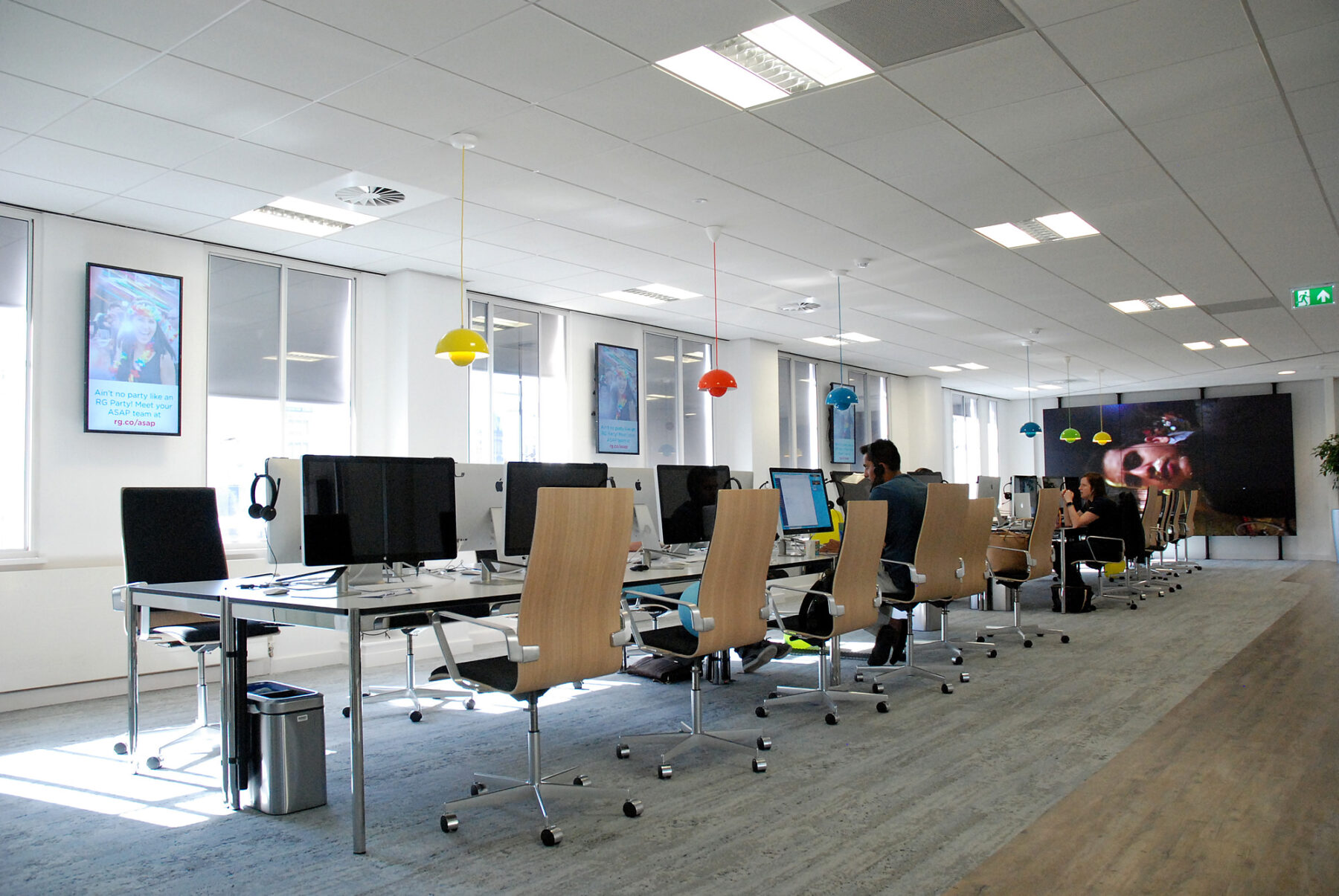A visually stunning office space may impress at first glance, but without thoughtful functionality, it quickly becomes a frustration. Conversely, a purely utilitarian environment may support efficiency, but can stifle creativity and undermine morale.
The true art lies in fusing these two elements—style and substance—into a harmonious whole that enhances both experience and performance.
Aesthetic choices in office design are about more than appearances; they speak to brand identity, company culture, and the emotional wellbeing of those who inhabit the space.
Colour palettes, materials, lighting, and even the shapes of furniture all convey messages. Soft, natural tones can evoke calm and concentration, while bold colours and contemporary finishes may suggest energy, innovation, or a future-facing ethos.
These visual cues help employees and visitors alike understand who the organisation is and what it values.
However, beauty must always serve a purpose.
Functionality in office design refers to how well the space supports the day-to-day activities of its users. This includes considerations such as ergonomic furniture, acoustic control, adaptable layouts, and access to natural light.
It means ensuring that technology is seamlessly integrated, that meeting rooms are acoustically sound and fit for purpose, and that informal collaboration spaces genuinely encourage spontaneous interaction.
The challenge lies in the synthesis. A glass-walled meeting room might look sleek and modern, but if it lacks soundproofing, its usability is compromised.
An open-plan layout might foster transparency and openness, but without sufficient zoning or noise mitigation, it may hinder focus. Design must therefore be approached holistically, with each aesthetic choice justified by a corresponding functional benefit.
One of the keys to achieving this balance is versatility. Multi-functional spaces, modular furniture, and flexible layouts offer both visual interest and practical adaptability.
A breakout area with vibrant seating and textured finishes can double as a casual meeting spot or a quiet corner for individual work. A well-designed reception area can serve as both a welcoming entrance and an informal networking hub.
Thoughtful layering of design elements—textures, lighting levels, spatial divisions—can create an environment that feels rich and engaging without sacrificing usability.
Sustainability also plays a growing role in this equation. Reclaimed materials, biophilic design, and energy-efficient systems are increasingly sought-after for their environmental credentials, but they also bring a depth of aesthetic and tactile richness that enhances the character of a space.
In this way, ethical choices become part of the design language, adding meaning and authenticity.
Ultimately, the most successful office environments are those that inspire as well as support. They reflect a nuanced understanding that the way a space looks cannot be separated from how it feels to use.
In achieving a balance between aesthetics and functionality, office design transcends decoration or efficiency — it becomes a powerful catalyst for wellbeing, engagement, and success!




